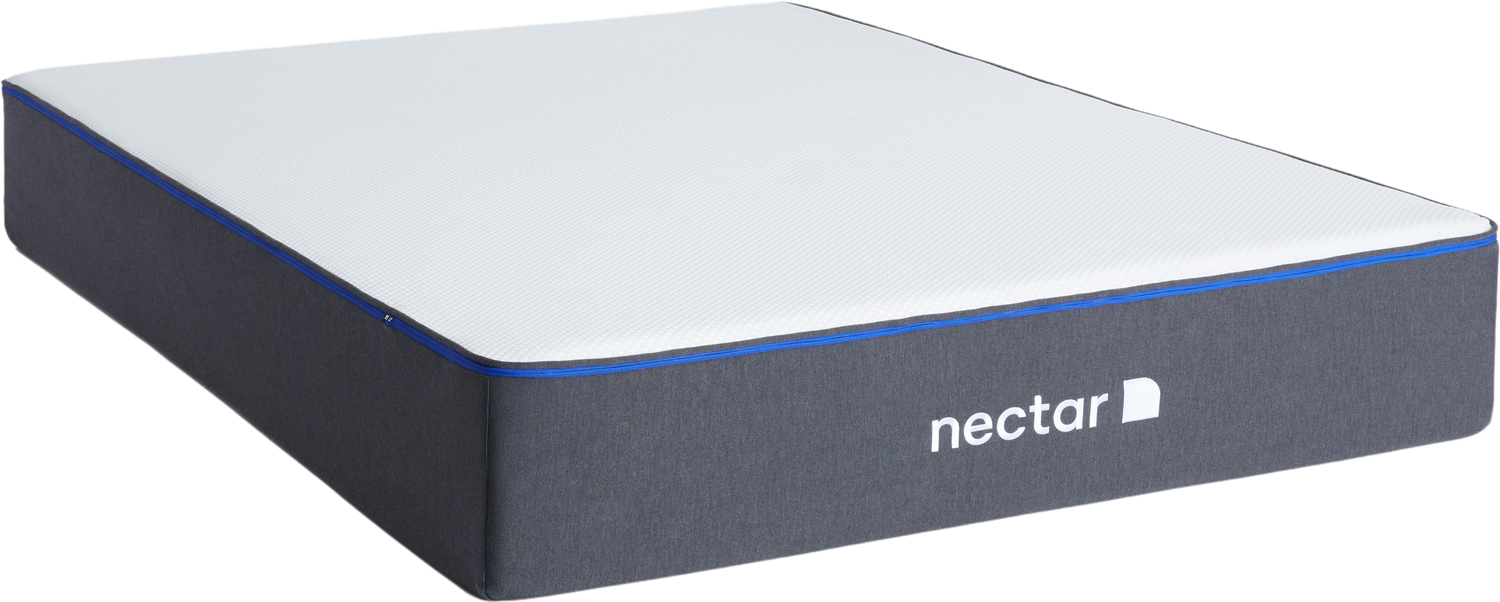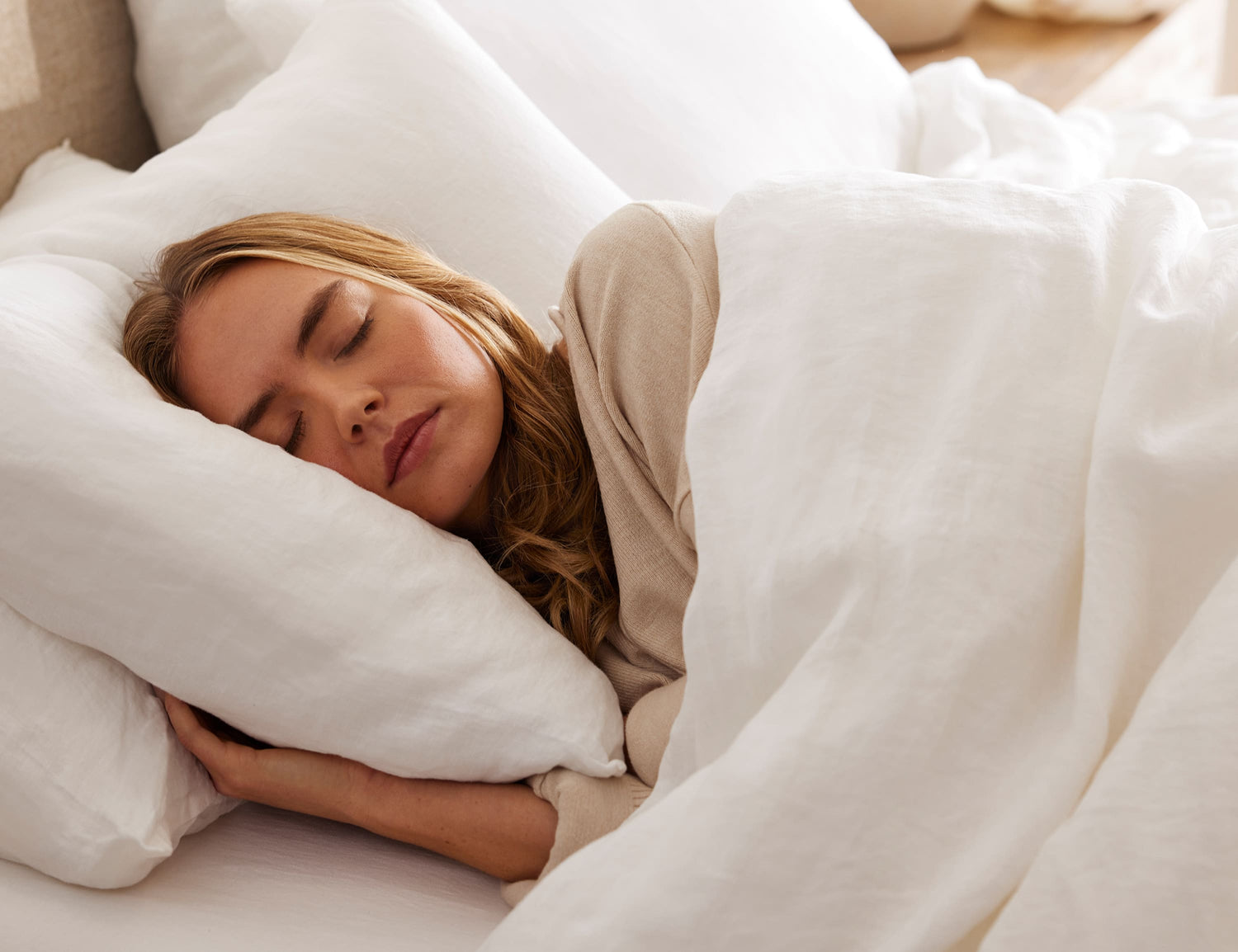How to Get Blood Out of Sheets?
The best way to get blood out of sheets is to act as quickly as possible. Letting the blood sit would lead to the formation of clots and it would get stuck in the sheet. The below steps discuss tried and tested methods that work with quilts, comforters, pillowcases, and other types of bedding!
Step 1: Use Cold Water
It is advised and promoted to always use cold water to remove blood from sheets. Hot water only pushes the bloodstain in further and makes it harder to get out. As soon as you notice the stain on your sheets, immediately run and soak in cold water. This step will help remove the uppermost layer of blood.
Step 2: Dab the Stain
After rinsing, dab the area with a cold, wet washcloth. Do it gently rather than rubbing it, as it will only make it spread further. Once spread on a larger area, it will get soaked inside, making it harder to remove. Slowly dabbing it can help remove the excess blood that hasn’t sunk inside yet.
Step 3: Soak in Cold Water
Once you’ve dabbed the stain thoroughly, soak the sheets in cold water for 30 to 40 minutes. One can either use a basin or a bathtub; either would do.
Step 4: Use a Stain Fighter
After being thoroughly soaked, it's time to bring out the strong stain fighters. You can use any of the household items. However, hydrogen peroxide with water is the most effective one. The solution works best for white or light-coloured sheets. For darker sheets, pour the solution in the corner to test whether it bleaches the sheet or not.
How to Use Hydrogen Peroxide?
To get blood out of sheets using hydrogen peroxide, simply the follow the below suggested steps one by one to witness gamechanging results.
Step 1: Grab one large bowl and place the stained part of the sheet inside it.
Step 2: Pour ½ cup of hydrogen peroxide over the stain and add some cold water over it.
Step 3: Let it sit there for nearly 24 hours. If the stain is still not dissolved after it, repeat the process.
Step 4: Wash it thoroughly with mild soap and cold water using your washing machine.
After soaking in the solution for 24 hours, the machine washes the sheets like how you normally do it. Make sure that the detergent is mild and only cold water is used.
Air Dry Your Sheets
Avoid using a dryer after the machine wash, only air drying is feasible while removing blood from sheets. The heat caused by the dryer can cause the stain to settle in deeper. So, under such circumstances, it is better to let it air dry. Either out in the sun or under a fan is effective for air drying.
If the stain is still visible and being stubborn after the repeated process, it will be better to settle for another stain fighter with other steps remaining the same.
How to Get Dried Blood Stains Out of Sheets?
Now, contrary to fresh blood, dried up blood has already sunk quite deep. It can be troublesome and redundant to get out, and using the regular method just won’t do. Instead, one can use the following steps for removing dried blood from sheets:
Step 1: Soak the sheet in a cold water overnight
Soaking the sheet in cold water for more than 8 hours would help the dried blood to loosen up.
Step 2: Add hydrogen peroxide on top of the stain
After many hours of soaking, pour the hydrogen peroxide and water solution over the stained area. Then pat the area softly using a soft-bristled brush. After 10 minutes, softly dab the area using a cold, wet rag.
Step 3: Machine wash the sheet in regular wash method
Next, wash the sheets how you normally do, just with a mild laundry detergent and cold water. Then dry it in the air or under a fan; don’t use a dryer because it will set the stain in further.
Do not worry if the stain doesn’t come out in the first few tries. Try repeating the process again and again, or even change the stain remover. If the sheet you own is white or lighter in colour, then bleach is also a great substitute to remove the bloodstains. Just make sure to dilute the bleach or it’ll ruin the entire sheet.
15 Best Blood Stain Removers
We’ve continuously mentioned hydrogen peroxide as a stain remover. But how to get blood stains out of sheets if you don’t have this solution? Well, besides that solution, there are several other household items that can be used as a way to remove stains. They include:
1. Meat tenderizer
While this sounds quite surprising as a prospect, a meat tenderizer is quite an effective way of removing blood stains from bed sheets. For the removal process, simply sprinkle some tenderizer on the bloodstain and top it off with water. Mix the two together to form a paste. Let it sit for 30 minutes and rinse it off using cold water.
2. Lemon juice
Foregoing hydrogen peroxide, you can use lemon juice instead. First, soak the sheet in cold water for some time, then add lemon juice to the stain. Rub it gently, and wash it off with cold water. Repeat this process until the stain is gone.
3. Aspirin
Besides relieving pain, aspirin is also a way to get those stubborn bloodstains out. Just crush the uncoated aspirin tablet and sprinkle three tablespoons on top of the stain with ⅓ cup of cold water to create a paste. Rub the area with an old toothbrush. Let the paste itself sit for a while and dry out. Remove the excess and wash with cold water.
4. White vinegar
To use this method, just pour the white vinegar into the stained area and let it soak for 30 minutes. Rinse with cold water.
5. Saltwater
Do you own a luxurious and expensive sheet and are afraid of ruining it with a random household item? Then salt water is your best bet! It is an excellent method of removal that requires a mixture of one cup of cold water and one teaspoon of salt. Use a towel to wet the area and let it rest for 10 minutes. Finally, rinse with cold water.
6. Salt and dish soap
For this method, first wet the stain using cold water. Make a mixture of dish soap (one tablespoon of any brand) and two tablespoons of salt. Let the stain absorb and remove stain for 30 minutes, then rinse it off with cold water.
7. Cornstarch and baking soda
Mix a tablespoon of cornstarch and baking soda with cold water to make a solution. Apply this paste to the area and dab it gently. Let the paste dry on the sheet naturally and remove the excess when it does. Rinse with cold water.
8. Baking soda and lemon juice
The ingredients are generally available in households or are very cheap to buy. Similar to the process above, mix two parts lemon juice with one part baking soda. Dab it with your hand or some cloth. Let it rest for 5 to 10 minutes and then rinse it off.
9. Stain stick
A stain stick, as the name suggests, is used to remove stains only. First, soak your sheets in cold water and run the stick over the affected area. Leave it be for 20 minutes and wash the sheets in your regular wash.
10. Ammonia
Ammonia is quite an effective method of urine, sweat, and bloodstain removal. For bloodstains, in particular, mix the ingredient with water and dab it on the stain. Wash them off with mild detergent or just water.
11. Bleach
For owners of white or lighter sheets, bleach is a saviour. Just mix four tablespoons of bleach with ¼ cup of water (to dilute its efficacy). Apply it to the area and soak for 30 to 45 minutes. Rinse thoroughly.
12. Cola
Again, a surprising ingredient, but nonetheless very effective. Soak your sheet in cola poured into a bowl and let it sit for some hours. The chemicals would help in the removal process.
13. Club soda
Similar to cola, club soda’s chemical helps in the removal of the stain. Pour it into the affected area and let it fizz. Blot it gently and rinse it off.
14. Oxiclean
Pre-soak the sheet in cold water. Put the OxiClean in the solution. Leave it in the solution for a while and let it soak for at least six hours.
15. Contact solution
If you do have a contact solution on hand, then you can use it for removal. Spray it on the stain and let it sit until you’re sure it has been removed. Let it lighten a bit and then wash it in your regular laundry cycle.
Conclusion
Seeing blood on the sheets is enough to put off sleeping for a while. Forget bad dreams, it might seem like a nightmare in reality. But now that you’re aware of how just about any household ingredient is effective in removing blood from sheets you don’t need to lose your sleep anymore! Just follow the instructions carefully and be sure to keep up with the specific requirements of each product. We don’t want you to ruin your favourite sheets!




